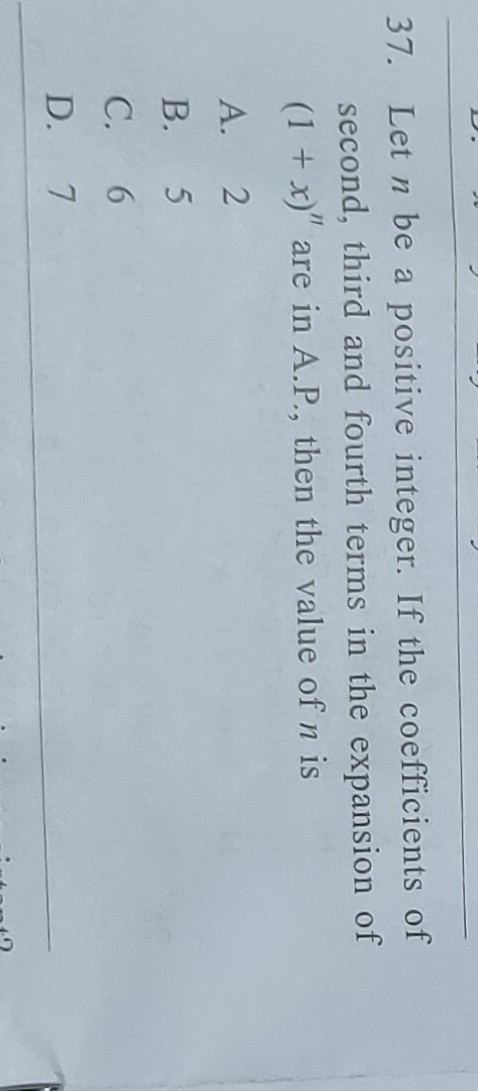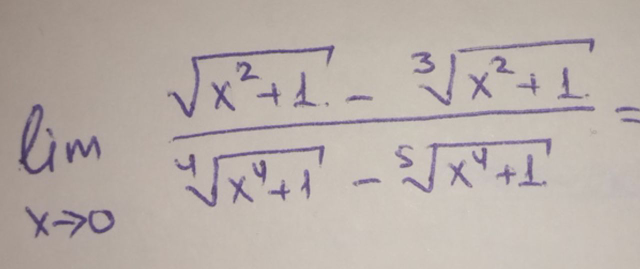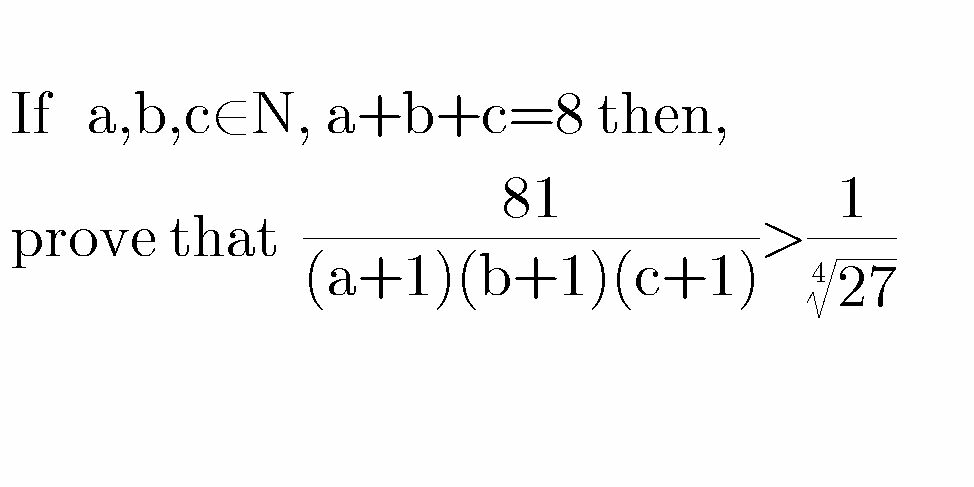
AllQuestion and Answers: Page 1384
Question Number 74634 Answers: 0 Comments: 6

Question Number 74632 Answers: 0 Comments: 1
Question Number 74623 Answers: 1 Comments: 1

Question Number 74622 Answers: 0 Comments: 4
Question Number 74621 Answers: 1 Comments: 1

Question Number 74620 Answers: 1 Comments: 0

Question Number 74594 Answers: 1 Comments: 1

Question Number 74591 Answers: 0 Comments: 0

Question Number 74590 Answers: 1 Comments: 0

Question Number 74589 Answers: 1 Comments: 0

Question Number 74582 Answers: 1 Comments: 0
Question Number 74580 Answers: 1 Comments: 0

Question Number 74579 Answers: 0 Comments: 0
Question Number 74573 Answers: 1 Comments: 1
Question Number 74604 Answers: 0 Comments: 3
Question Number 74601 Answers: 0 Comments: 0
Question Number 74600 Answers: 1 Comments: 0

Question Number 74599 Answers: 0 Comments: 0
Question Number 74570 Answers: 1 Comments: 0
Question Number 74617 Answers: 0 Comments: 0
Question Number 74615 Answers: 2 Comments: 0

Question Number 74614 Answers: 1 Comments: 0

Question Number 74611 Answers: 1 Comments: 0

Question Number 74609 Answers: 0 Comments: 1
Question Number 74559 Answers: 0 Comments: 0
Question Number 74557 Answers: 1 Comments: 2

Pg 1379 Pg 1380 Pg 1381 Pg 1382 Pg 1383 Pg 1384 Pg 1385 Pg 1386 Pg 1387 Pg 1388
